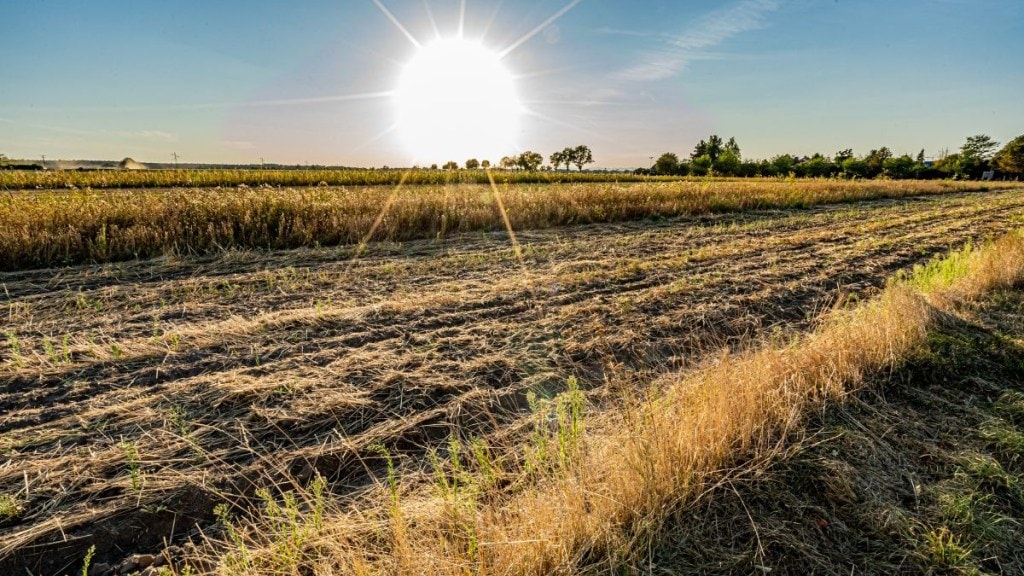Automatic Weather Stations (AWS) deployed by the India Meteorological Department (IMD) and other institutions have come under the spotlight after recording unusually high temperatures, first in Delhi’s Mungeshpur and later in Nagpur, PTI reported.
The IMD is investigating the AWS in Mungeshpur, northwest Delhi, for potential errors. Meanwhile, the weather office distanced itself from the device in Nagpur, clarifying that it belongs to Panjabrao Deshmukh Krishi Vidyapeeth (PDKV).
According to a statement by the Regional Meteorological Centre, Nagpur, “On 30th May PDKV Ramdaspeth (Nagpur City IMD AWS) reported a maximum temperature of 54.4 degrees C and one more station in Nagpur reported 52.2 degrees C. These values are wrong due to failure of the electronic sensor.”
The IMD is taking corrective measures after other AWS and IMD observation stations in Nagpur recorded high temperatures between 44 and 45°C.
Why is IMD’s AWS recording such high readings?
The weather office explained that automatic systems can produce erroneous readings due to factors such as site conditions, sensor damage, or protection shield failure. However, IMD staff are trained to detect such errors by comparing them with other meteorological parameters, and outlier data are filtered during pre-processing. The office emphasized that the reported temperature of 56°C on May 30, 2024, is incorrect and has not been officially declared.
The nearby AWS at the Central Institute of Cotton Research in Nagpur recorded a maximum temperature of 44.0°C on May 30, 2024. The investigation into the AWS in Mungeshpur, which recorded a maximum temperature of 52.9°C, is ongoing.
800 AWS in use across country
The IMD has been increasing its observational capability for more precise weather forecasts by deploying a sizable number of AWS throughout India. Along with the already-existing manual stations, the IMD deployed AWS at fifteen additional locations in Delhi and the NCR region in 2022. More than 800 AWS were in use across the country for meteorological observations as of January of this year.

